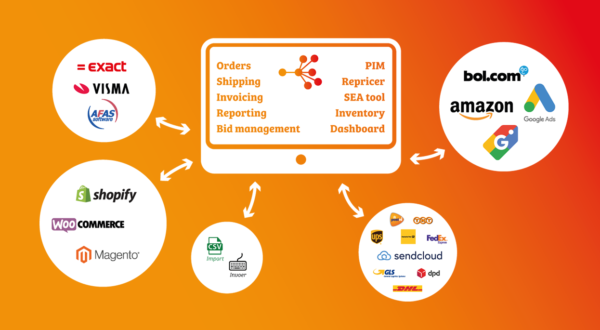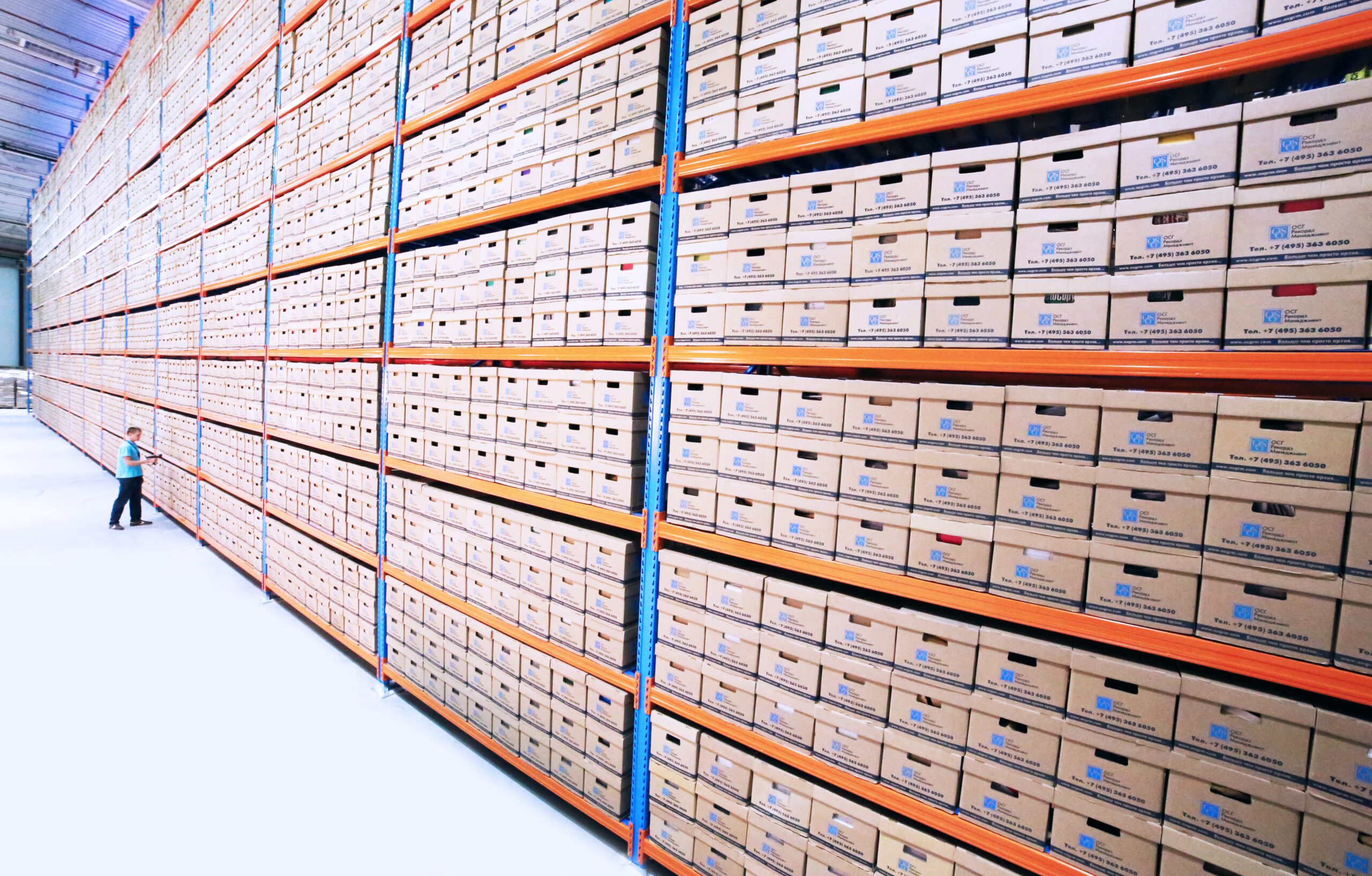Integrations
More overview and more customer satisfaction by means of integrations
In order to prevent dissatisfying your customers, it is not only important to keep your stock up to par, but also to know how your stock is doing. Similarly, it is vital to keep your product information up-to-date at all times: you should know what order is shipping when and where. You should have one platform to see your stock, your prices, your margins, and your net profit. Maintaining all of that information can be extremely time-consuming especially when you’re active in multiple marketplaces and you’re handling that information manually. It’s not for nothing that integrations are a vital part of Sellable.
Stay ahead of your competition
So to remain competitive, it is key to have your stock position both accurate and reliable. This is where Sellable comes to play. With Sellable you can have integrations between your webshop, your different market places such as bol.com, Amazon, and Google Shopping, your shipping partner, and your ERP-system. Imagine you sell a particular product on bol.com, then you would have to adjust your stock on all of your different sales channels. Having to adjust every sales channel’s stock manually every time you sell a product would be an extremely time-consuming task.
The same principle applies to coordination with your logistics partner. Every single time you hand off an order to your logistics partner, you want the correct track & trace information sent to the right account and right customer. Manually logging all of your orders increases the risk of having inconsistencies in your stock management.


Zakelijk verkopen via bol.com: zo doe je het optimaal
Centralization saves time
Imagine how much time would it save you to make all of those adjustments on all of your sales channels from just one place? This is exactly what the integration functionality of Sellable does: it saves you time and always provides you with a real-time overview of your stock, your prices, your margins, and your net profit. The integration with your ERP system ensures that all orders are handled and maintained correctly. Also, you can create, manage, and send invoices from one place.
The integration between your different marketplaces also allows you to push both your products and the corresponding description/images to other marketplaces without having to perform difficult procedures. Obviously, editing your product information, product pictures, and product descriptions can be done in the same manner. These functionalities allow you to easily push your products to new sales channels with minimal effort.
In terms of logistics, it is also much easier to integrate all of your accounts with your shipping partners. Perhaps you have made price arrangements with a particular shipping company for certain countries. With Sellable, you can log in to most shipping companies with your own login information. On the respective website, you have to fill in the information you would normally do: weight, measurements, date of shipment, and the price. And as you receive normally, you will receive a corresponding track & trace number and all other shipment information. Subsequently, Sellable will update that shipment info automatically in bulk every 12 hours and send that information to your customer, or you could do it directly by hand.
Stay in control
Using integrations through the Sellable means that you are the one that’s in charge. You can choose which integrations you want to use and which ones you don’t want to use. This means that you can, on the one hand, integrate a particular webshop with multiple marketplaces, while on the other hand, you can connect your ERP system and logistics partners with your other marketplace solely for updating your Sellable stock. Through this link, you can see which integrations are possible with Sellable. If it happens to be that your ERP system is not yet available to have an integration with Sellable, you can always upload CSV files. Something which also saves you a huge amount of time.
